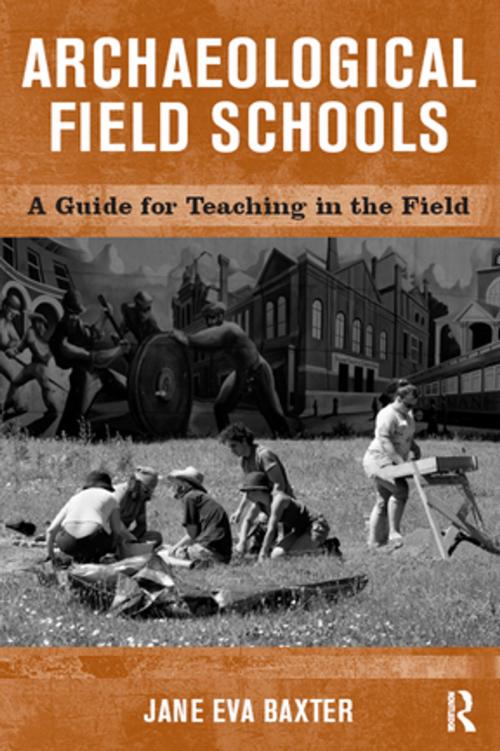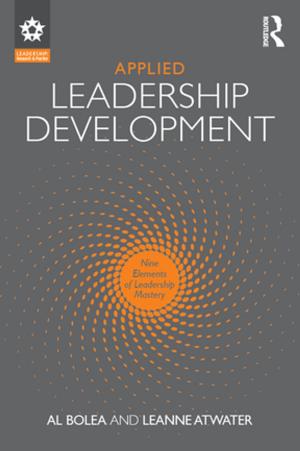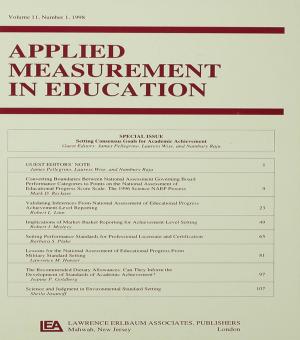Archaeological Field Schools
A Guide for Teaching in the Field
Nonfiction, Social & Cultural Studies, Social Science, Archaeology| Author: | Jane Eva Baxter | ISBN: | 9781315434513 |
| Publisher: | Taylor and Francis | Publication: | June 16, 2016 |
| Imprint: | Routledge | Language: | English |
| Author: | Jane Eva Baxter |
| ISBN: | 9781315434513 |
| Publisher: | Taylor and Francis |
| Publication: | June 16, 2016 |
| Imprint: | Routledge |
| Language: | English |
The field school is often described as a “rite of passage” among archaeologists. They are considered essential for the appropriate training of students for academic or professional archaeological careers, and are perhaps the only universal experience in an increasingly diverse array of archaeological career paths. Jane Baxter’s practical guide about how to run a successful field school offers archaeologists ways to maximize the educational and training benefits of these experiences. She presents a wide range of pedagogical theories and techniques that can be used to place field schools in an educational, as well as an archaeological, context. Baxter then offers a “how to” guide for the design of field schools, including logistical, legal, and personnel issues as well as strategies for integrating research and teaching in the field. Replete with checklists, forms, and cogent examples, the author gives directors and staff a set of “best practices” for designing and implementing a school.
The field school is often described as a “rite of passage” among archaeologists. They are considered essential for the appropriate training of students for academic or professional archaeological careers, and are perhaps the only universal experience in an increasingly diverse array of archaeological career paths. Jane Baxter’s practical guide about how to run a successful field school offers archaeologists ways to maximize the educational and training benefits of these experiences. She presents a wide range of pedagogical theories and techniques that can be used to place field schools in an educational, as well as an archaeological, context. Baxter then offers a “how to” guide for the design of field schools, including logistical, legal, and personnel issues as well as strategies for integrating research and teaching in the field. Replete with checklists, forms, and cogent examples, the author gives directors and staff a set of “best practices” for designing and implementing a school.















